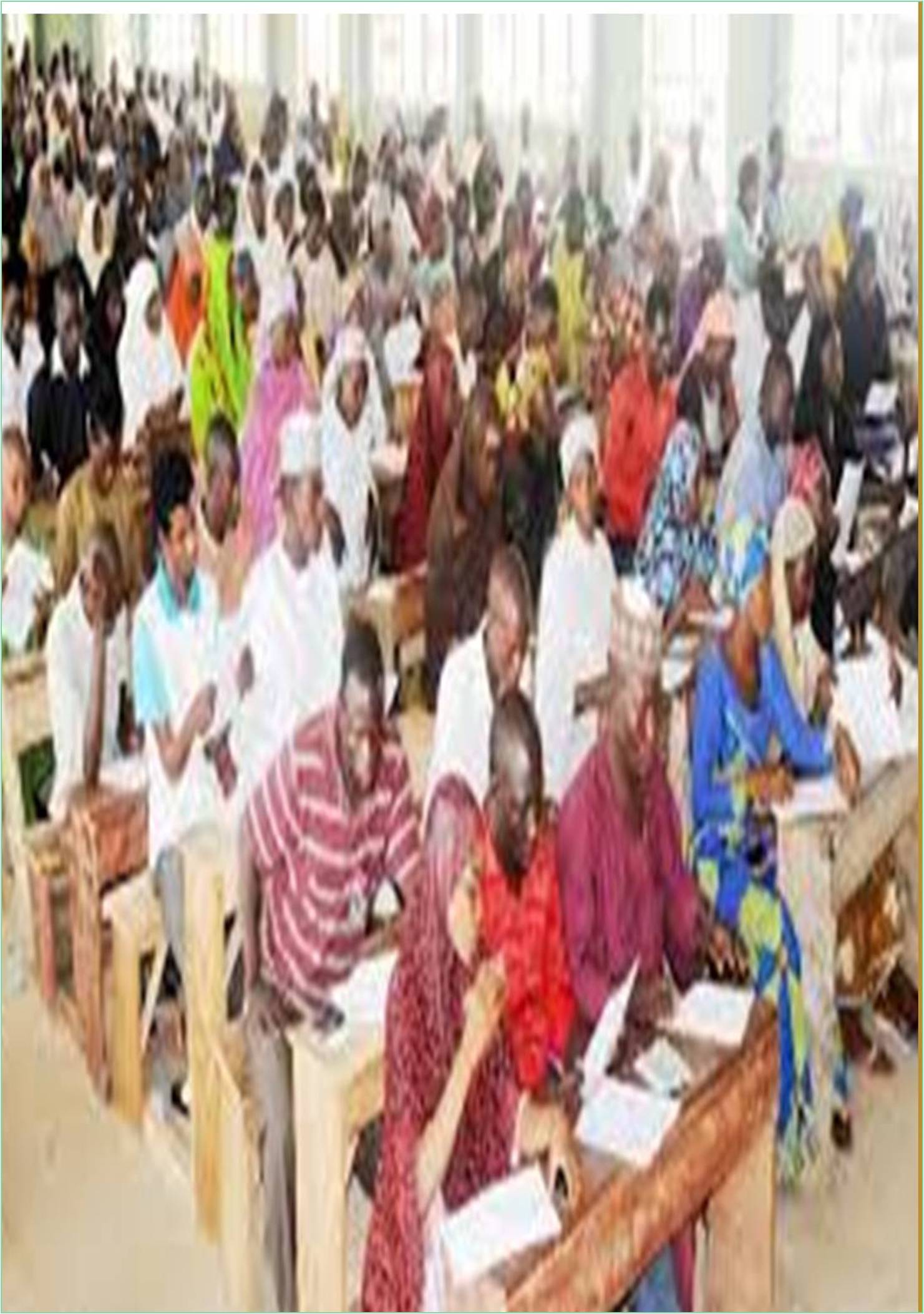



Received: 02-Feb-2022, Manuscript No. IJANFE-22-60707; Editor assigned: 07-Feb-2022, Pre QC No. IJANFE-22-60707(PQ); Reviewed: 21-Feb-2022, QC No. IJANFE-22-60707; Revised: 28-Feb-2022, Manuscript No. IJANFE-22-60707(R); Published: 10-Mar-2022, DOI: 10.15651/2437-1882.22.3.029
In India, there is a large deal of regional variance in literacy from one region to the next. Regional differences in literacy levels in the country are a result of regional diversity in numerous, social, cultural, and economic features and also significant historical differences between areas because the timing and rate of literacy transitions have varied throughout geography, while some places particularly in the south have achieved universal literacy, others look to be in the early stages.
Kerala is the most literate state in the country in terms of literacy. Despite the fact that the state does not have a high level of economic growth, it has taken the lead in the country's literacy shift. In the state more than 90% of the population aged seven and up is literate.
The state claims a fairly tiny gender disparity in literacy rates with 94.20% of males and 87.86% of females being literate. The state's extreme high literacy rate can be traced to a lengthy history of education fostered by local monarchs (Kumar et al., 2016), Christian missionaries, British authorities, various state administrations have given it a significant priority particularly at primary level in the post-independence period as well.
Early commercialization of the economy, expansion of trade, social movements of lower castes are seeking educational facilities and women in society are contributed towards the state literacy rate.
Overall Literacy Rates in States and Union Territories
Mizoram, which borders Kerala, is the state that comes in second position in literacy rate, Mizoram's unique position should be considered in light of the fact that Christians account for more than 80% of the state's population (Sagar, 1981). It's worth noting that Christians are significantly more literate than any other religious group in the country. It is interesting to notice that India's union territories have higher literacy rates than the states, six of seven union territories rank among the top ten states/ union territory in terms of literacy.
Overall literacy rates are more than 80% in Lakshadweep, Delhi, Chandigarh, Pondicherry, Andaman and Nicobar Islands, and Daman & Diu are among them, Haveli is the only union territory that has very low literacy rate, Goa has an overall literacy rate of above 80%, which is higher than the rest of the states (Johnson, 1993).
Some of the non-developed states such as Himachal Pradesh, Tripura, and Uttaranchal reports high literacy rate than Punjab. Generally the migration of a number of workers and simultaneous workers from other countries which are mainly from backward stages, and migration of simultaneous workers have been claimed to bring an average literacy rate in Punjab (Nagaich et al., 2014).
Together with Kerala, Punjab is often cited as a mistake model between social and economic development processes and it is in second position in revenue and income. Similarly, Kerala has always seen income per capita as the average of the people. Haryana which is adjacent condition of Punjab state has experienced rapid economic transformation since middle of 1960.
Competency Rate
Overall competency rate is lower than the average of countries in the field of 12 states and unions. The remarkable thing between the low alphabetical orders from Bihar, Jharkhand, Jammu & Kashmir, Arunachal Pradesh and Uttar Pradesh, Jharkhand was the original part of Bihar and State literacy rate was very slow compared to the lowest position.
The number was two in 1981, and finally, Bihar has reached the difference in 1991. Surprisingly, Bihar is the only state in the country with more than 50% of illiteracy; this condition also reports very high level of literacy rate because it is marked as a feudal social structure, low urbanization and extreme poverty (Shafiqullah, 2011). Other important states with average literacy rate are Rajasthan, Andhra Pradesh, Orissa, Madhya Pradesh, and Chhattisgarh. Interestingly, all states with Andhra Pradesh is only exceptional in terms of economic development, it has performed better on other social and demographic indicators, but it is strange that the literacy rate is very low.
Johnson NE. Hindu and Christian fertility in India: A test of three hypotheses. Soc. Biol. 1993;40(1-2):87-105. [Crossref] [Google Scholar] [PubMed]
Kumar N, Kumar N, Rani R. Gender disparity in literacy: Districts level evidence from selected states of India. Int. J. Educ. Appl. Sci. 2016;7(3):243-254. [Crossref] [Google Scholar]
Nagaich SA, Sharma PR. Is literacy a cause of increase in women work participation in Punjab (India): A regional analysis? Int. J. Res. App. Nat. Soc. Sci. 2014;2(2):3-8. [Google Scholar]
Sagar P. Male-female literacy differential in India--1981. J. Assoc. Pop. Geog. 1989;11(1-2):21-39. [Google Scholar] [PubMed]
Shafiqullah S. Regional analysis of urban-rural differentials in literacy in Uttar Pradesh, India. J. Geogr. Reg. Plann. 2011;4(5):287-296. [Crossref] [Google Scholar]